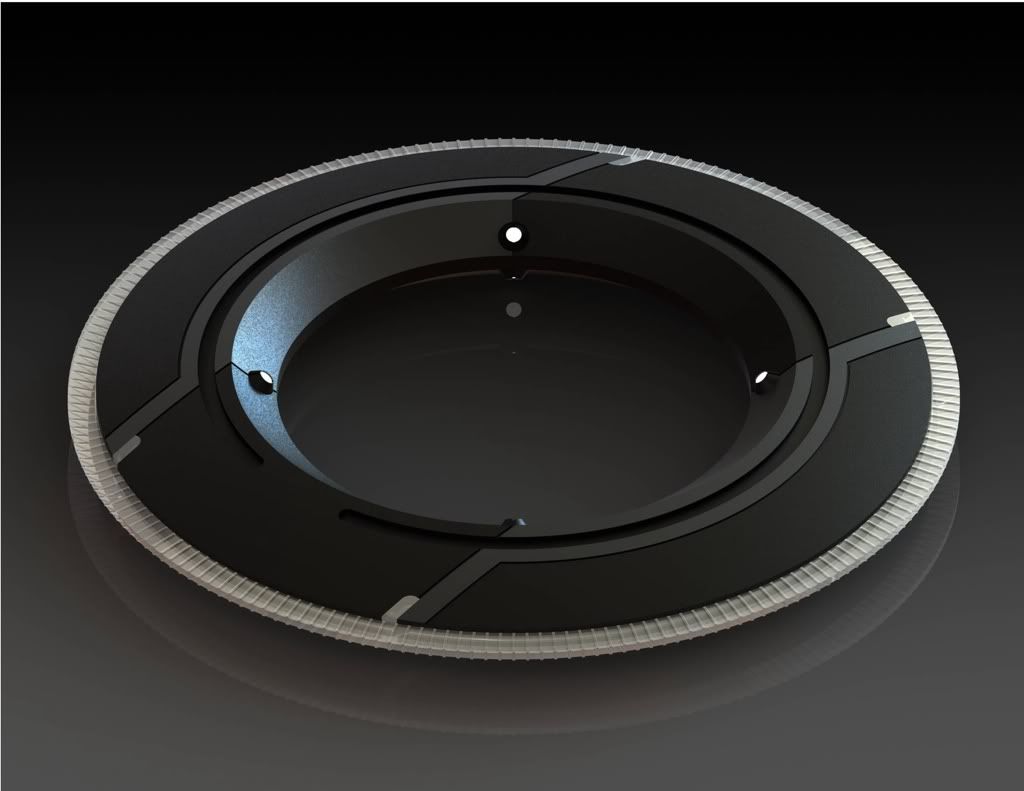^ Yeah, the video guy's technique is not very good. You can see that his solder joints look frosty white, which is another sign of a cold solder joint. If you want to use his method, tape down the wire too so that it rests on the LED strip's contact pad, then heat both with your iron and apply solder. This way the wire isn't trying to pull away from the LED strip as the solder cools.
A few of other thoughts.
(1) Use an iron with a smaller tip and lower wattage rating (30 W or so). Make sure the tip is clean and properly tinned (not burned, charred, and crappy like the one in the vid).
(2) Use thin wire (like magnet wire). If the wire's thinner, it will flex with the LED strip instead of trying to tear away as is the case with thick and stiff wire.
(3) When your connections are made, wrap some electrical tape around that end of the LED strip, covering up the contacts you've just made. This will help reinforce, protect, and prevent inadvertent shorts.




